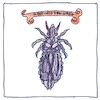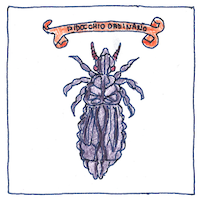Francesco Redi
parasitology

|
Parasites
Francesco Redi described about 180 parasites, animals that live in living animals. They don’t appear out of thin air, but lay eggs in the nostrils of deer, or find a freshwater snail from which they emerge as larva and then we eat raw watercress.
Parasitism
Ectoparasites live on the outside; endoparasites live on the inside. Intracellular endoparasites live in the body’s cells. Intercellular endoparasites live in body spaces, such as the veins or gut. Epiparasites feed on other parasites. Kleptoparasites steal things from their hosts, their food, their homes, their efforts. Any parasite is a living creature, and invites comparisons.
The good host
Protozoa and worms inhabit our bodies. Ticks, lice, and scabies cling to us for life. We make good hosts if we don’t try too hard to get rid of them. We don’t tend to feel sorry for them, but they go back as far as we do. Together we have picked a path from the forest.



Francesco Redi described the nasal fly of deer and the sheep liver fluke. In his chemotheraputic experiments with parasites and in his experiments refuting spontaneous generation, Redi introduced the use of a scientific control group.
See also in The book of science:
Readings in wikipedia:
Other readings: